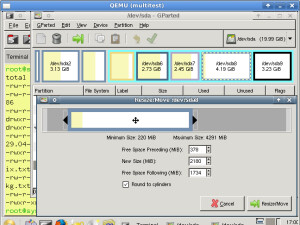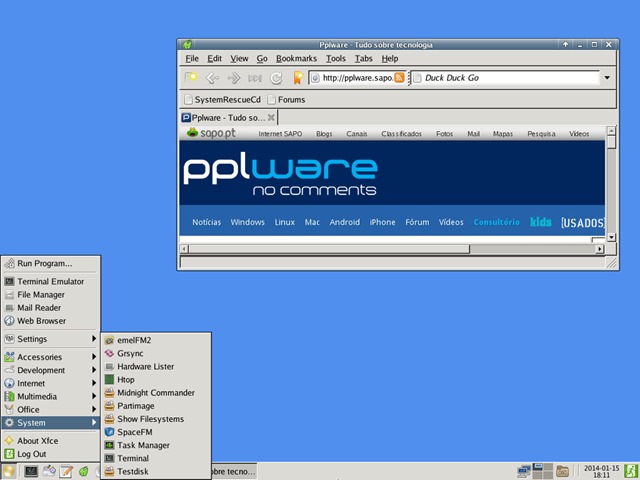

- #Does systemrescuecd supportt ext2 install#
- #Does systemrescuecd supportt ext2 driver#
- #Does systemrescuecd supportt ext2 iso#
If you run it off the network, you can image a windows host while it's still running and dump the image across the network and its very fast, not sure if there is anything else like this? The only thing is images are bigger than Acronis. Second option is the amazing Drive Snapshot (just a small file), which will image a disk while the OS is actually still running on it. Acronis 10/11 etc using an earlier Acronis 8. But you cannot restore images made with ie.

#Does systemrescuecd supportt ext2 iso#
Pa0 RFE: UEFI Secure Boot If UEFI Secure Boot is enabled, systemrescuecd-6.0.3.iso Linux dd'd (or Rufus- ISO Image mode) to a USB flash drive will fail to boot. We use Acronis 8.0 since the CD seems more reliable - use can use later versions of Acronis to restore a Acronis 8 image. 50 Something went wrong while setting issue due date. Ghost was used a lot in corporate environment, but became a no no after we got corrupt images (which were only found out when trying to restore back).ĭrive Image (PQMagic) had excellent HD tools and nice Gui - again due to corrupt image problem it was dropped (NOTE.these issues we had were around 10 years ago, so the vendor has probably updated the product and resolved them).Īcronis because it has never failed, backups/restores are 100%, compression is good, the BootCD boots up so far on any system and HDdrive is always visible. We've tried various products on this list. I work in a school, we have to contend with grimy little children. It's free, and well supported (drivers for new Dell machines came out within a few weeks of the machines being available, SystemRescueCD is actively developed).
#Does systemrescuecd supportt ext2 driver#
If you're using Windows XP (don't know about Vista, haven't had to try) you can use the ext2fsd Ext2 filesystem driver to make it possible to re-write the ext2 partition, and therefore the GRUB conf file, from a Windows script, therefore making it possible to have Windows automatically reboot and re-image itself. SystemRescueCD supports ext2/ext3/ext4, reiserfs, btrfs Oct 27. For the actual imaging you can use dd, as already pointed out, or PartImage, both of which will handle NTFS partitions. Support for APFS-snapshot enabled volumes APFS volumes that contain snapshots are. Booting SystemRescueCD runs an autorun script that checks a network drive for a disk image of that machine (use the network card's MAC address to identify machines) and reimages the machine if it finds one.
#Does systemrescuecd supportt ext2 install#
I partition the drive to create a small ext2 partition, then install the GRUB boot loader set up to allow booting to either Windows on the first partition or SystemRescueCD on the second partition. If file systems were mounted automatically, these could cause these file systems to be accessed unintentionally while such operations are being. It is essential that file systems on these devices are not mounted when this happens.

For Windows client machines on my network, I use SystemRescueCD, a boot-from-a-CD Linux distribution that you can also install on a harddrive partition. SystemRescue can be used to perform physical copies of disks or partitions at a block level using tools such as dd.


 0 kommentar(er)
0 kommentar(er)
